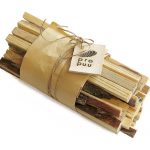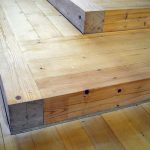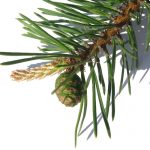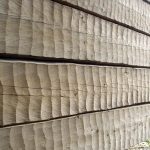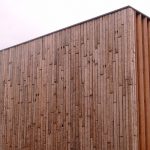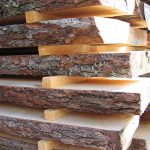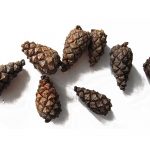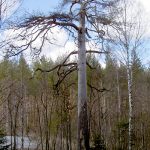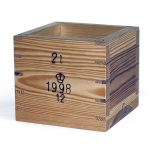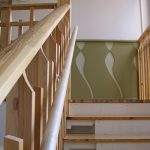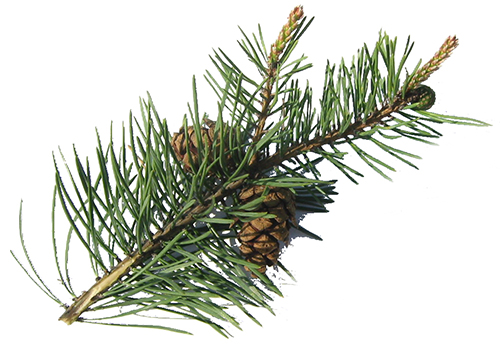
- Tall (S)
- Pine (GB)
- Kiefer (D)
- Le pin (F)
There are about 100 pine species in the world, but only one of them grows wild in Finland. The forests of finland consist of 44% of pine trees.
Distribution
- Pine has spread almost all over Europe and widely in Siberia as well. However, it does not grow near oceans nor in the northernmost areas of Europe.
- Pine has spread almost throughout Finland. Pines account for the majority of trees in Finnish forests, as 44% of the forest cover is pine.
Habitat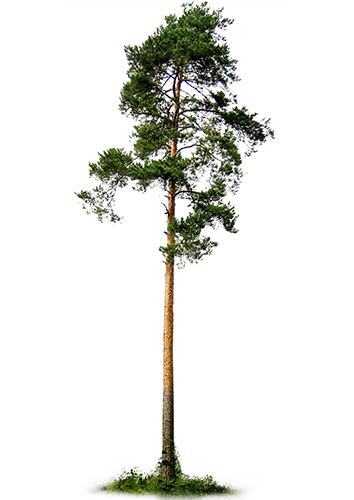
- Pine and spruce are the most important tree species for finnish forestry.
- It thrives in dry, fresh peaty forests with heavy moss and lichen cover. It is not strict in terms of the nutrient content of its habitat, as it is more important to have enough daylight.
- Pine grows best in moraine but it also grows on rocky and barren lands or peaty soils. It also thrives in dense mixed forests in dry peaty lands with blueberries and heavy moss and lichen cover.In the most fertile habitats pine provides poor-quality wood, and loses the competition for living space to deciduous trees and spruces.
- From the point of view of the carpentry industry, pines of the highest quality grow in lingonberry moorlands, in infertile swamps or in dense mixed forests.
Growth characteristics
- Pine is evergreen. Its trunk is dark brown from the lower stem, and the upper part is reddish brown.
- The tree may grow almost 40 meters in height and hundreds of years old.
- Pine withstands storms because of its tap root.
- One disease of pine, which in Finnish is called ’tervaroso’(i.e.’tar knag’), can be recognized from the dead and skeleton-like top of the tree.
Properties of the wood
- The dark heartwood is fairly rot resistant. The cambium is lighter in colour than the heartwood.
- The wood is quite hard, not very flexible, and it cracks easily. The hardness of the wood depends also essentially on the growth rate.
- The wood withstands variation in humidity quite well without cracking.
- To eliminate the caterpillars of pine sawflies the wood has to be debarked when it is sawn.
- The pine wood suitable for the carpentry industry comes from trees that are at least 25 cm in diameter at chest height. There must also be clearly distinguishable parts of which the first one is branchless, the next one has dry branches and the last one has healthy branches.
- The wood of the pine of Lapland has different characteristics and patterns from the southern pine. The wood has more dense grains and less variation in colour. The pine of Lapland has a branchless lower stem with reddish heartwood.
- The dead standing trees in Lapland are desired and durable building material.
- The weight of air-dry sawn timber is 480- 530 kg/m3.
- Quality pine wood is even in colour. The best quality plank is received from the lower stem, which grows slowly and evenly. The annual rings should not be over 3 mm thick. Compression wood, colour defects and rot are not acceptable. This faultless wood is used for furniture, doors, window frames, panels and lining.
- B-class pine has more knots and it is more fast-growing. It is used for making glue board, furniture and planks.
- C-class pine is not usually used in the carpentry industry. It is used for building logs and other building material.
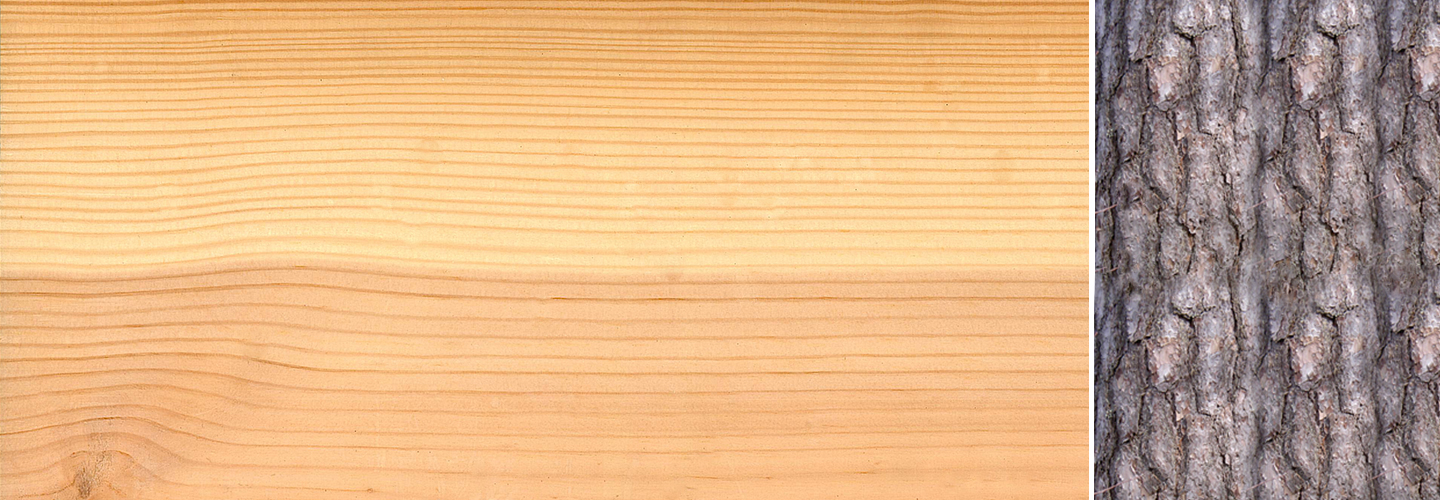
Surface treatment
The wood samples have been surface treated as such:
- Left, water-based acrylic lacquer
- Center, no treatment
- Right, two component catalystlacquer or oil
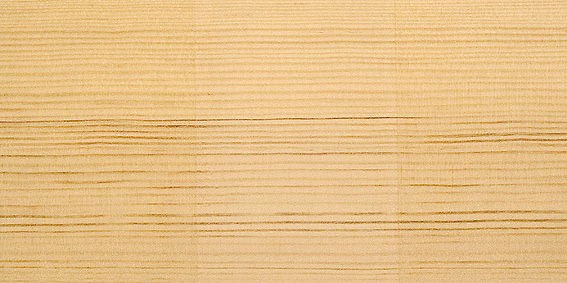
Radial cut
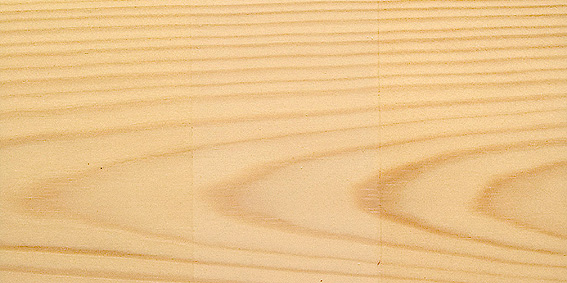
Tangential cut
Usage
- Pine is used for interior decoration, carpentry products, boat building, and as a raw material for the building log, construction and packaging industries.
- It is also used for furniture, panels, window frames, doors and as a raw material for decorative items and utility articles.
- It is also used to produce lining, glue board and planks.
- Pine is suitable for building boats as well. In addition, tar for boats has traditionally been burned from pine.
- The tar from pines used to be the most valuable product of the Finnish forests. The trunks were debarked in order to turn them into good resinous wood.
- Traditional uses: pillars, masts, building logs, railway sleepers, plywood, fencing, paper and shingles.
